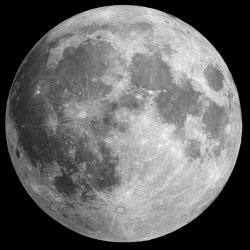
The unsuccessful rocket launch on Sunday could affect future Chinese space programmes, according to experts. Important projects including lunar exploration and space construction could be delayed, they said. The Long March 5 Y2, or CZ-5, is the newest and largest member of China’s rocket fleet.
It blasted off from Wenchang Space Launch Centre in southern China’s Hainan province carrying the Sijian-18, an experimental communications satellite and the heaviest China ever built, at 7.23pm.
An hour later, Chinese government declared the launch a failure.
Chinese space authorities said the reason was still under investigation. The flight command in Beijing made efforts to save the mission, including changing the flight path, before the satellite plunged in the Pacific Ocean.
It was China’s second launch mishap in less than two weeks. On June 19, a CZ-3 rocket launched from Xichang Satellite Launch Centre in Sichuan province failed to deliver a television broadcasting satellite into orbit.
China’s Long March rockets have been known for their reliability. Failures were rare, and two so close together is almost unprecedented.
“The two Chinese launch failures occurred with different rockets and were probably for different reasons. There is no connection between the two failures,” said Dr Morris Jones, a space expert based in Australia.
Jones said other nations had sometimes experienced similar clusters of failures.
“This is just bad luck,” he said.
The failure of CZ-5 would delay China’s lunar mission and possibly the Chinese space station, because both projects depended on heavy-lift vehicles, Jones said.
